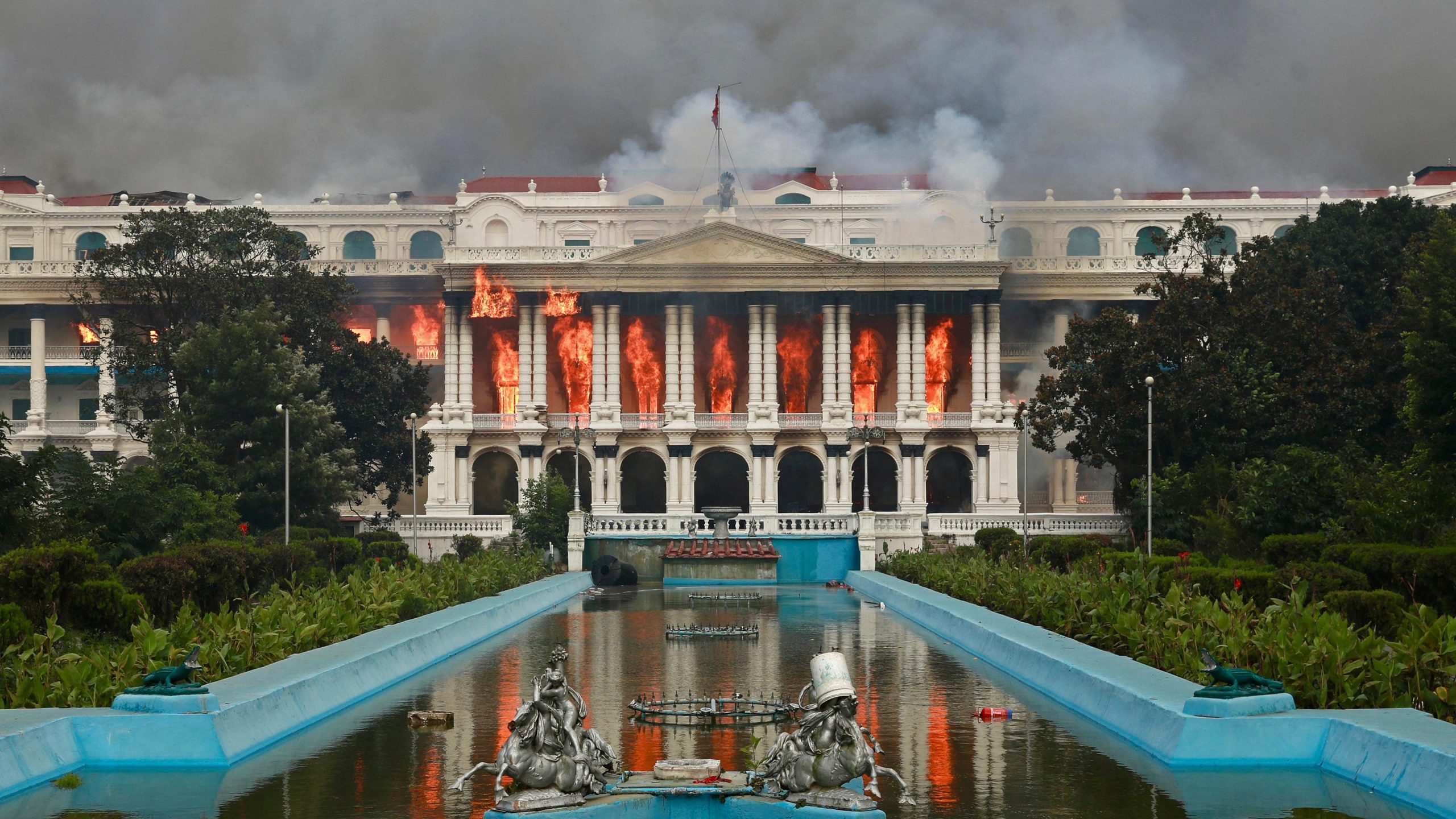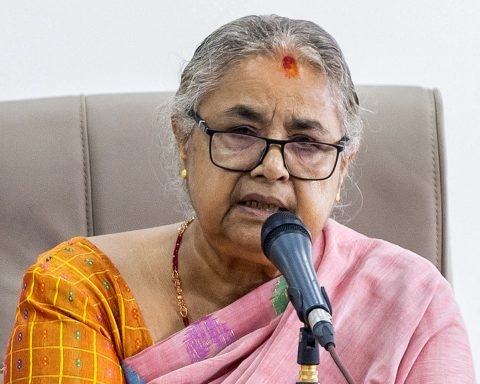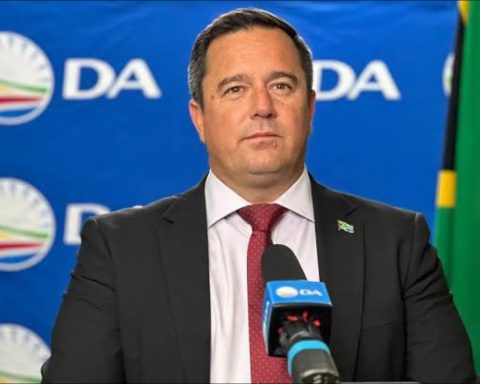Kathmandu erupted in chaos. Young Nepalis demanded an end to corruption. Consequently, the Nepal Prime Minister resigns, a bold move sparked by protests that claimed 22 lives. On September 9, 2025, Prime Minister KP Sharma Oli stepped down, yielding to pressure from furious crowds.
South Africans understand this struggle. We’ve watched leaders evade accountability while citizens suffer. Now, with the Prime Minister’s resignation, Nepal’s youth refuse to wait, they’re demanding a brighter future.
Why Did the Nepal Prime Minister Resign?
The crisis began with a social media ban. Last week, the government blocked 26 platforms, including Facebook and WhatsApp, for not registering with authorities. As a result, Gen Z protesters accused officials of trying to silence their anti-corruption campaign. For instance, #NepoBaby posts on social media exposed politicians’ children flaunting wealth while youth face 20% unemployment.
Although authorities lifted the ban on Monday, protests surged across Nepal, accelerating the Nepal Prime Minister’s resignation.
Timeline of the Unrest
On September 8, violent clashes rocked Kathmandu and other cities. Police fired tear gas, rubber bullets, and live rounds, killing 19 people and injuring over 100. The next day, protesters stormed parliament, torching it, the PM’s office, and Singha Durbar. Moreover, they set fire to homes of leaders like former PM Sher Bahadur Deuba. Three additional deaths raised the toll to 22. Thick smoke forced Kathmandu’s airport to shut down.
Despite a curfew, crowds persisted. Two ministers resigned, citing moral reasons. Oli, 73 and in his fourth term, stepped down to calm the unrest, marking the Nepal Prime Minister’s resignation.
Casualties and Government Response
Clashes left nearly 200 people, including police, injured. Hospitals treated wounds from gunshots and rubber bullets. Meanwhile, protesters burned tyres and battled security forces.
In his resignation letter, Oli told President Ramchandra Paudel he stepped down to resolve the crisis. The president called for talks with youth. Similarly, Army chief Ashok Raj Sigdel urged protesters to stop, saying, “End demonstrations to protect lives and property.”
What’s Next?
The protests, fueled by social media, lack clear leaders. Yet, the Nepal Prime Minister’s resignation signals the nation’s worst unrest since the 2008 monarchy abolition. Now, President Paudel searches for a new PM. Youth demand genuine reform.






